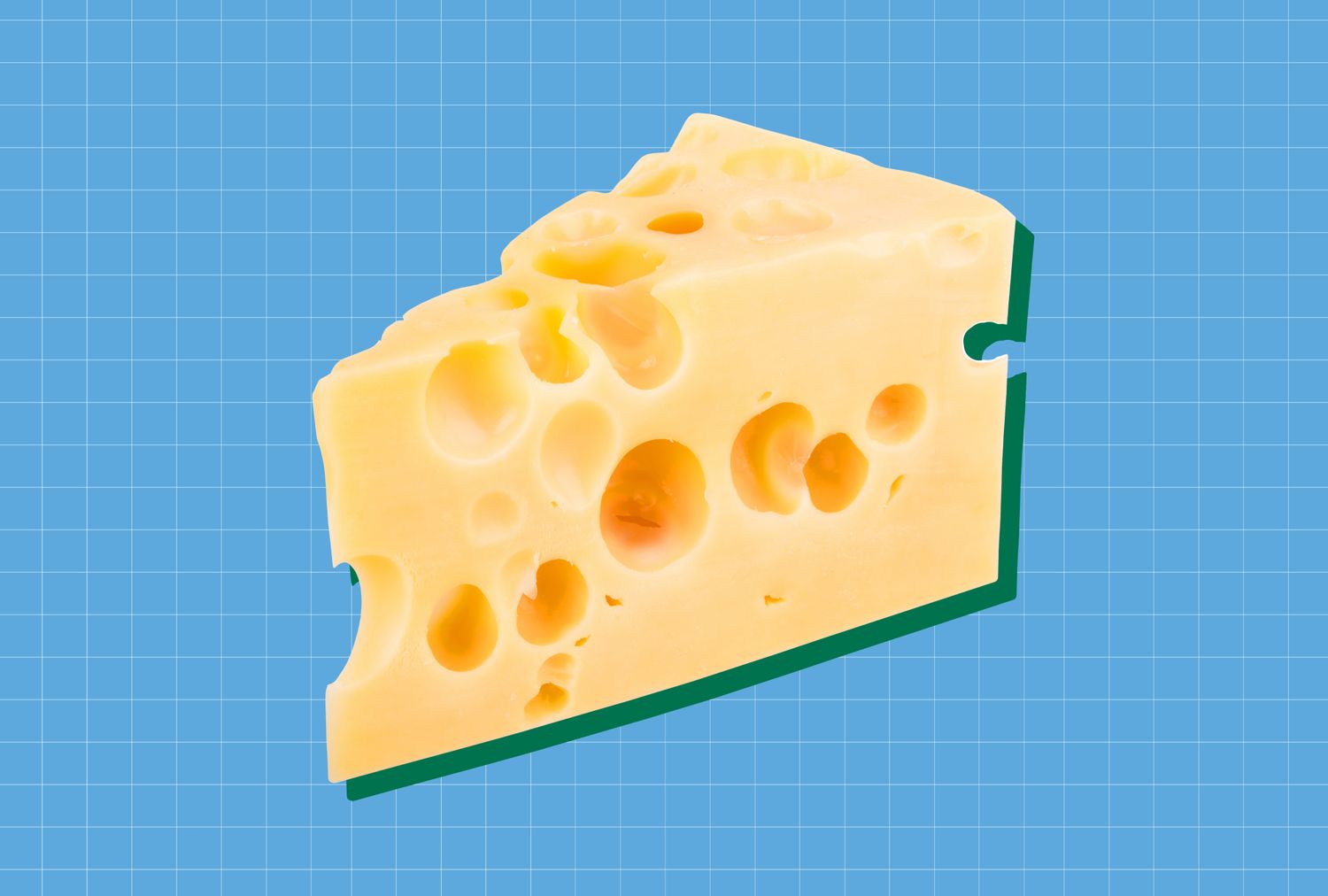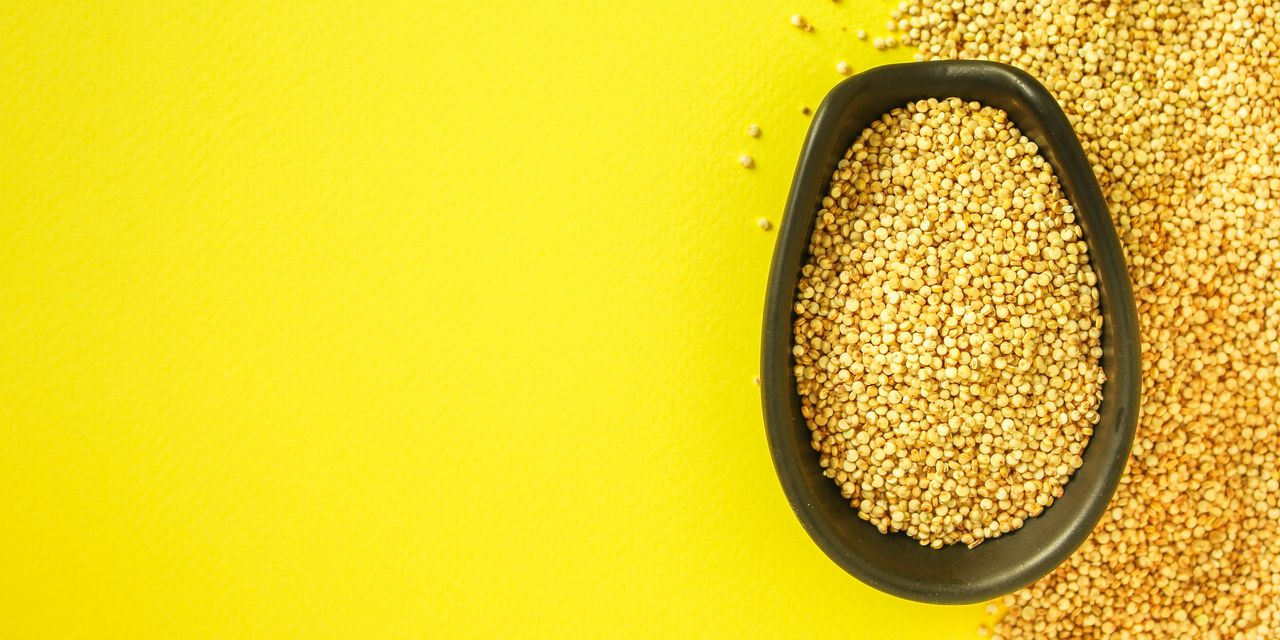Blog
The 6 Best High-Protein Cheeses

- Cheeses like Parmesan and cottage cheese pack 7 grams of protein or more in just one serving.
- High-protein cheeses can help build strong muscles and keep you feeling full longer.
- Easy ways to enjoy these cheeses include adding them to salads, smoothies, sandwiches or snack plates.
Good news for cheese lovers! If you’re trying to increase your protein intake, cheese might be the unexpected secret weapon you’re looking for. Not only does cheese deliver bold flavors and creamy textures, but some varieties also offer an impressive amount of protein per serving. With so many choices available, it can be tricky to know which cheeses are the best choices when you’re trying to up your protein intake. To make things easier, we’ve rounded up six of the best high-protein cheeses, each delivering at least 7 grams of protein per serving. Whether you’re building a balanced breakfast or simply indulging in a quick savory bite, these cheeses check both the flavor and nutrition boxes.
1. Parmesan
Parmesan (particularly Parmigiano-Reggiano) is a hard, aged cheese that’s known for its rich flavor and versatility, but did you know it’s also a good source of protein? About 1 ounce contains roughly 9 g of protein, mainly due to its low moisture content and the extended aging process. Parmesan is naturally low in lactose, making it a smart option for those with a lactose sensitivity.
2. Cottage Cheese
Cottage cheese is a staple in many homes due to its adaptability and high protein content. With approximately 10 to 12 g of protein per ½ cup, depending on the fat content and curd size, cottage cheese is a great choice for those looking to support satiety and muscle maintenance. It’s made by curdling milk and separating the curds from the whey, which leaves behind a protein-rich product packed with casein. In addition to protein, cottage cheese is a good source of calcium and B vitamins.
3. Swiss Cheese
Known for its distinctive holes and mild taste, Swiss cheese delivers an impressive 8 g of protein per ounce, along with less sodium than many other cheeses. Swiss cheese is made from cow’s milk and contains vitamin B12 and zinc, both of which support immune health and energy metabolism. Add it to a sandwich or melt it into a veggie omelet for a protein-rich addition to your meal.
4. Cheddar
Cheddar cheese is one of the most popular cheeses in the U.S. It ranges from mild to extra sharp, depending on how long it has been aged, and provides about 7 g of protein per ounce. As cheddar ages, its flavor becomes more robust, while the texture turns increasingly crumbly. In addition to being a good source of protein, cheddar delivers essential nutrients like calcium, phosphorus and vitamin A, making it a delicious and nutrient-dense addition to a balanced eating pattern.
5. Gouda
Gouda is a semi-hard cheese that originates from the Netherlands and is known for its smooth, creamy texture and slightly nutty flavor. As Gouda ages, it becomes firmer and develops crunchy protein crystals (called tyrosine), which is a sign of high protein density. On average, Gouda delivers about 7 g of protein per 1-ounce serving, and it’s also a natural source of vitamin K, which supports bone and cardiovascular health.
6. Mozzarella
Similar to cheddar cheese, mozzarella is common in the U.S. It’s known for its mild, creamy flavor and versatility in everything from pizza to salads. Whether you choose the regular or part-skim variety, mozzarella is a great source of high-quality protein, offering about 7 g of protein per ounce. Regular mozzarella tends to be higher in fat, which gives it a richer flavor and creamier texture, while part-skim is a lighter option that still provides a good source of protein. Both types are also great sources of calcium and phosphorus, which support bone health.
How to Incorporate Cheese into Your Meals
Adding cheese to your meals is easy. Here are a few ideas to try.
- Pair with fruit: Enjoy a slice of cheddar or Swiss cheese with an apple or pear for a balanced snack that offers protein and fiber.
- Top your salad: Sprinkle grated Parmesan or mozzarella on top of your salad for a flavorful protein boost that complements those delicious veggies.
- Boost your smoothie: Blend a serving of cottage cheese into your smoothie to thicken the texture and add protein.
- Build a snack plate: Create a nourishing snack board with slices of gouda, whole-grain crackers, veggies and a handful of nuts for a satisfying mix of protein, fiber and healthy fats.
Health Benefits of Protein
Protein plays an essential role in nearly every bodily function. It supports muscle repair and maintenance and helps regulate appetite and blood sugar levels. Including high-protein foods like cheese in your meals can help you feel more satisfied and may prevent overeating later in the day. Plus, protein-rich foods are often nutrient-dense, supplying important vitamins and minerals that can contribute to overall health.
Our Expert Take
If you’re aiming to increase your protein intake, cheese may be a surprisingly valuable and delicious addition to your dietary regimen. Choosing high-protein varieties allows you to enjoy the rich taste and creamy texture of cheese while getting a serving of essential nutrients at the same time. Protein plays a vital role in supporting muscle repair, maintaining satiety and promoting metabolic health, making it an important part of a balanced diet. Incorporating cheeses such as Parmesan, cottage cheese, Swiss, Cheddar, Gouda and mozzarella into your meals can be a delicious and effective way to meet your protein needs. Try adding shredded cheese to salads, mixing cottage cheese into smoothies or breakfast bowls or melting a slice of cheese onto a hearty sandwich. As with all foods, moderation and variety are key to making cheese part of a healthy, satisfying lifestyle.












